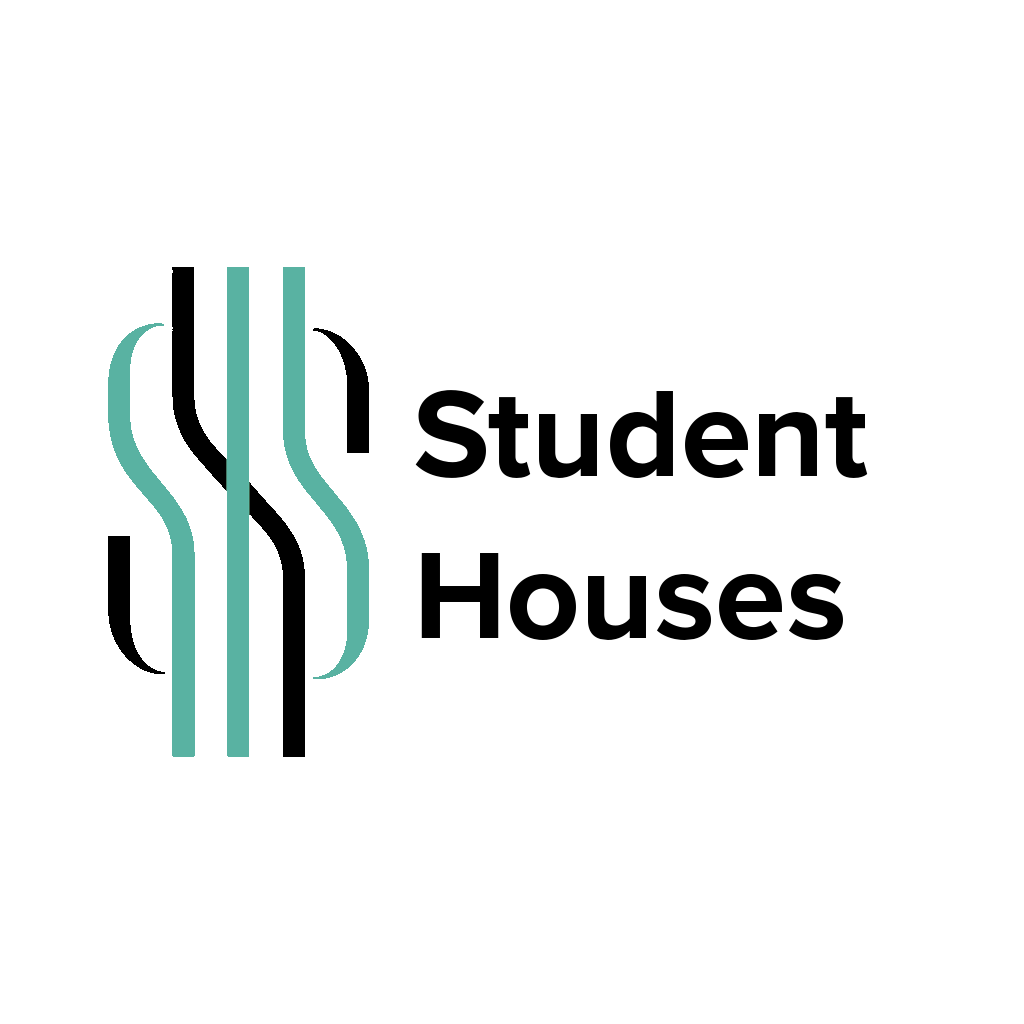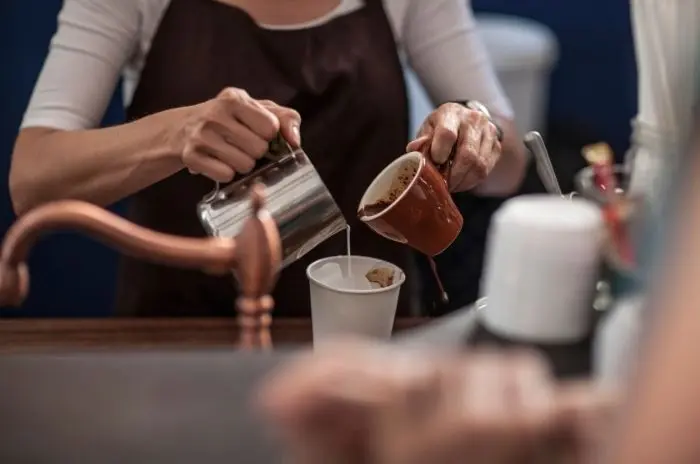Semana Santa, or Holy Week, is one of Spain’s most significant religious and cultural events, observed with profound devotion and elaborate ceremonies across the country. This week-long commemoration, leading up to Easter Sunday, features solemn processions, traditional music, and various rituals that depict the Passion, Death, and Resurrection of Jesus Christ.
In Segovia, Semana Santa holds a special place in the hearts of its residents and visitors alike. The city’s celebrations have been recognized as a Festivity of National Tourist Interest, highlighting their cultural and historical importance.
Table of Contents
Key Highlights of Semana Santa in Segovia:
Processions:
Throughout Holy Week, numerous processions wind through Segovia’s historic streets. Each is organized by different confraternities, some dating back centuries, showcasing religious statues and scenes accompanied by traditional music. Notably, the processions pass by iconic landmarks such as the Roman Aqueduct, adding a unique backdrop to the solemn events.
Domingo de Ramos (Palm Sunday):
Procesión de “La Borriquilla”: This procession commemorates Jesus’ triumphant entry into Jerusalem. Participants carry palm branches, starting from the Church of San Miguel and proceeding to the Cathedral.
Lunes Santo (Holy Monday):
Procesión del Santo Cristo de la Salud: Organized by the Cofradía de la Flagelación del Señor, this evening procession begins at the Parish of the Resurrection and winds through the streets of Segovia.
Martes Santo (Holy Tuesday):
Procesión de Nuestro Padre Jesús Cautivo: Hosted by the Cofradía de Nuestra Señora de la Piedad, this procession starts at the Church of San José and features the image of Jesus Captive.
Miércoles Santo (Holy Wednesday):
Procesión del Cristo de la Paciencia: Organized by the Feligresía de San Andrés, this nighttime procession begins at the Church of San Andrés and traverses the historic neighborhood.
Jueves Santo (Maundy Thursday):
Procesión de la Flagelación del Señor: This procession, led by the Cofradía de la Flagelación del Señor, departs from the Church of the Resurrection, passing through significant streets before reaching the Cathedral.
Procesión de Nuestra Señora de la Soledad al Pie de la Cruz y el Santísimo Cristo en su Última Palabra: Starting from the Church of San Millán, this solemn procession is organized by the Cofradía de la Soledad al Pie de la Cruz y del Santo Cristo en su Última Palabra.
Viernes Santo (Good Friday):
Procesión del Santo Cristo de los Gascones: Held in the morning, this procession begins at the Church of San Justo and features the ancient image of the Cristo de los Gascones.
Procesión de los Pasos: The most significant procession of Semana Santa in Segovia, it involves multiple cofradías and their respective pasos (floats), starting from various churches and converging towards the Cathedral.
Domingo de Resurrección (Easter Sunday):
Procesión del Encuentro: Celebrating the resurrection, this joyful procession features the meeting of the images of the Resurrected Christ and the Virgin Mary, symbolizing the reunion of mother and son.
For detailed schedules, routes, and any updates, it’s advisable to consult the official Semana Santa Segovia website:
Tips for Students:
Arrive Early: Processions attract large crowds. Arriving early ensures a good viewing spot.
Respect the Traditions: Maintain a respectful demeanor during processions, as they hold deep religious significance.
Explore Different Locations: Each neighborhood offers a unique atmosphere; attending processions in various areas provides a comprehensive experience.
Experiencing these processions offers a deep understanding of Segovia’s cultural and religious heritage, making Semana Santa a memorable time for both locals and visitors.
Confraternities:
Segovia is home to several religious brotherhoods, including La Oración en el Huerto, La Flagelación del Señor, and Los Gascones. These groups play a pivotal role in organizing and participating in the processions, each with its distinct traditions and attire.
Cultural Activities:
Beyond the processions, Semana Santa in Segovia features various cultural events, such as sacred music concerts and art exhibitions, enriching the spiritual experience with artistic expressions.
Sacred music concerts
During Holy Week, many churches and cultural venues in Segovia host concerts featuring sacred music. These performances often include classical compositions by Spanish and international composers, performed by local choirs, orchestras, and visiting artists. The acoustics of Segovia’s historic churches, such as the Cathedral or San Juan de los Caballeros, offer an unforgettable musical experience.
Tip for students: Keep an eye on the local cultural agenda—many concerts are free or offer student discounts.
Temporary art exhibitions
Art galleries and cultural centers throughout Segovia put on special exhibitions during Semana Santa, often showcasing religious art, photography of past processions, or local craftsmanship. These exhibitions are perfect for those who want to explore the artistic side of the traditions and learn more about the symbolism behind the floats and statues.
Gastronomy events
Food is an essential part of Spanish culture, and during Semana Santa, you’ll find plenty of opportunities to try traditional Easter dishes. Local restaurants and bakeries serve up seasonal specialties like torrijas (a type of French toast soaked in milk, sugar, and cinnamon) or potaje de vigilia (a meatless stew made with chickpeas, cod, and spinach). Some restaurants even offer special tasting menus inspired by Holy Week.
Pro tip: Many of the best torrijas in town can be found in small family-run cafés around Plaza Mayor—go early, they sell out fast.
Open-air theatre and storytelling
Segovia sometimes hosts small street performances or historical reenactments related to the Passion of Christ. These events, often staged in the old town, help explain the religious stories in a more visual and accessible way—great for students unfamiliar with Catholic traditions.
Museum nights and special tours
Some museums, like the Museo de Segovia or the House of Antonio Machado, extend their hours or offer themed tours during Semana Santa. These tours blend history, architecture, and the city’s Easter traditions, giving you a more rounded cultural experience.
Tips for Students and Visitors:
Plan Ahead!
Respect Traditions: While the processions are open to the public, they are deeply religious events. Maintain a respectful demeanor, dress modestly, and observe in silence to honor the participants and the significance of the rituals.
Explore Local Cuisine: Semana Santa is an excellent opportunity to savor traditional Spanish dishes associated with the season, such as torrijas (sweet fried bread) and bacalao (codfish).
Experiencing Semana Santa in Segovia offers a profound insight into Spanish culture and religious heritage. The combination of solemn ceremonies, historic settings, and communal participation makes it a memorable event for both locals and visitors.



